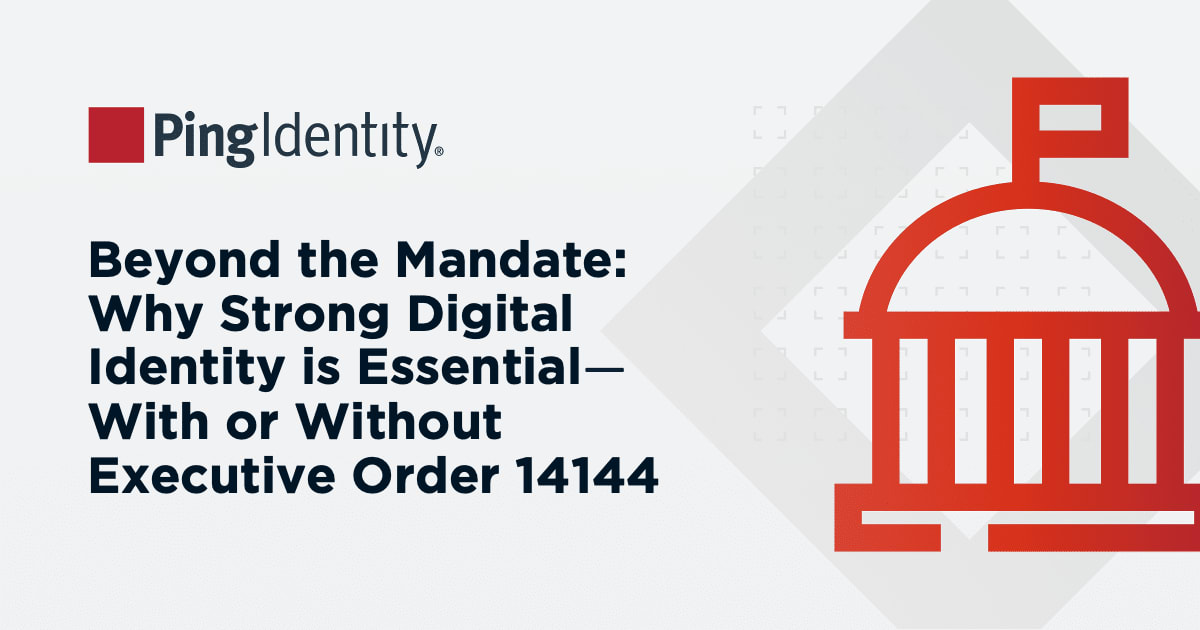To support the CFPB’s vision, Identity and Access Management (IAM) will play a pivotal role in enabling secure and transparent interactions between consumers, financial institutions, and third-party service providers. Here’s how IAM will underpin open banking market growth in the U.S.:
1. Privacy and Consent Management
Leading incumbent and digital-native financial service providers in the EU, U.K., and Australia leverage modern IAM to give their customers control over whom and what data is shared, putting them in control. These privacy and consent management capabilities can be extended to the U.S. open banking market to help both account information service providers (AISPs) and payment initiation service providers (PISPs)12 create new opportunities for hyper-personalization, while also ensuring compliance with the CFPB’s Personal Financial Data Rights Rule.
2. Single View of Consumer Needs
By unifying consumer identity data across multiple financial accounts and organizational boundaries, financial service providers can build a better picture of customer needs and deliver hyper-personalized offerings across the wider financial ecosystem in real time. These end-to-end identity lifecycle management capabilities can be extended to the U.S. open banking market to drive new upsell and resell opportunities for incumbent providers, as well as fintech and techfin disruptors.
3. Secure Financial-Grade API Access
Converged IAM platforms safeguard financial APIs used for data sharing between financial service providers and third-party providers, ensuring the secure handling of customer data and consolidating trust-based services. Open APIs provide financial service providers with the flexibility to offer basic data-sharing services, allowing consumers to connect with third-party fintech apps seamlessly. Meanwhile, premium APIs can offer advanced features, including personalized financial products, high-value payments, and enhanced fraud detection services. By leveraging these capabilities, financial service providers can accelerate open banking growth, offering differentiated services that enhance customer experiences, while ensuring regulatory compliance and data protection through IAM-secured APIs.
4. Decentralized Identity and Data Portability
As open banking adoption increases and moves to extend to open finance use cases, decentralized identity ecosystems will become more prevalent across retail banking, wealth management, and insurance segments of the wider financial services industry. By leveraging verified credentials, digital wallets, and best-in-class identity verification capabilities, financial service providers will be able to put their customers at the center of data ownership and data sharing, while mitigating fraud and account takeover. On top of this, decentralized identity will enable incumbent providers, as well as fintechs and techfins, to champion customer-centered digital innovation across a multitude of payments, inclusive finance, and integrated finance use cases. This decentralized identity model aligns perfectly with the CFPB’s focus on giving consumers control over their data.
5. Financial Intermediation for Fintechs and Techfins
As fintechs and techfins enter financial services, modern IAM plays a crucial role in enabling secure, compliant access to banking APIs and fostering innovation. Fintechs use IAM to provide personalized banking services, such as instant payments, while techfins integrate financial offerings within their platforms. Converged IAM platforms ensure these providers can access sensitive data securely, comply with regulations, and protect user privacy. This accelerates market growth, creates new revenue streams, and gives consumers more choices, control, personalization, and security over one of their most precious assets – their data.
6. Strong Customer Authentication
Strong Customer Authentication (SCA) has become a cornerstone in EU and U.K. open banking, requiring multi-factor authentication (MFA) to verify the identity of users during sensitive transactions. By combining factors like biometrics, one-time passcodes (OTPs), and device verification, SCA enhances security for consumers, while maintaining a seamless user experience. In the U.S., adopting similar authentication standards through IAM could further accelerate open banking by providing a secure framework for financial data sharing. This would enhance consumer trust, protect against fraud, and create more opportunities for fintechs and techfins to accelerate innovation.


